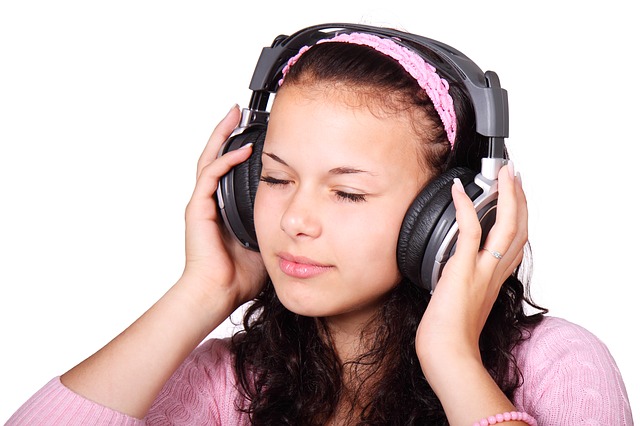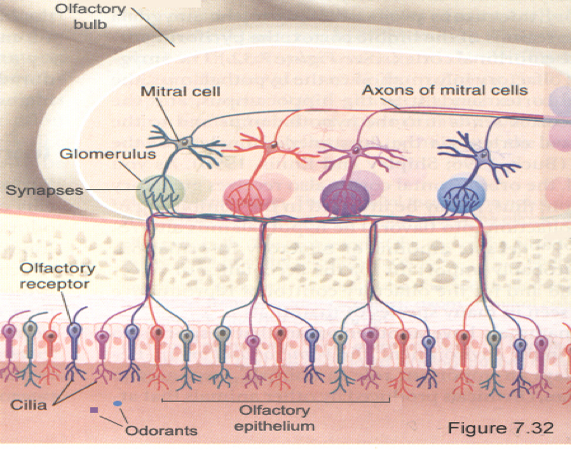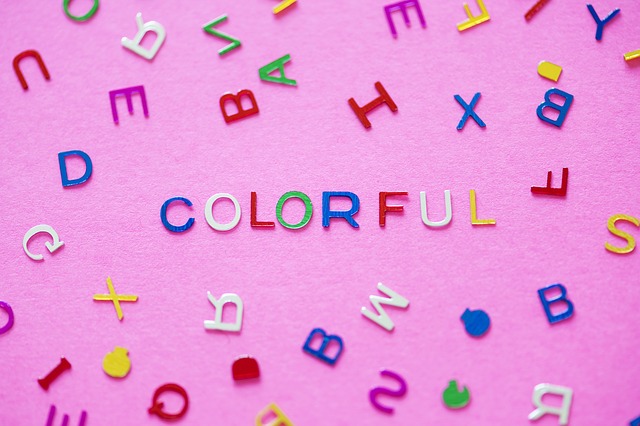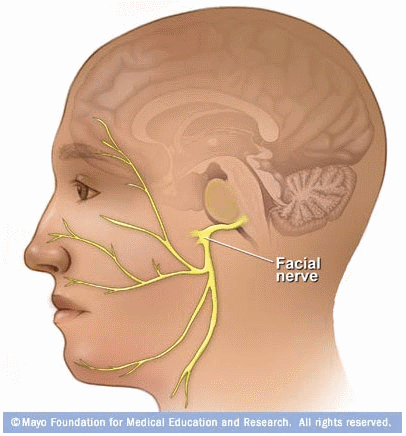The autonomous sensory meridian response is not well studied, but one theory suggests that it is a form of synesthesia.
ASMR is a bodily sensation. People who experience ASMR report feelings of relaxation, general well-being, elevated mood, and sometimes a tingling sensation in the scalp that may spread down the back of the neck to the shoulders. For some, the sensations of ASMR can work as a sleep aid.
Much of the ASMR community watches videos that present specific stimuli that activate these sensations. These stimuli may include soft-speaking or whispering, intimate personal attention in the form of close proximity role-playing (grooming, a massage, or a medical examination), mouth sounds, crisp sounds (crinkling of paper), or manipulating objects on screen. Stimuli that activate the sensations associated with ASMR are called triggers.
One study conducted across ASMR sensitive individuals collected from various social media networks suggest that there are trends that more reliably trigger the tingling sensation. Low pitch sounds tend to produce tingling more reliably than high pitched sounds (Sensory determinants of the autonomous sensory meridian response (ASMR): understanding the triggers). As for visual triggers, most respondents found that sounds associated with an object being manipulated were good for triggering ASMR. Respondents largely agreed that overly-aggressive hosts were not good ASMR triggers.
There are potential health benefits to engaging in ASMR content. Among individuals with chronic pain syndromes, some report an improvement of symptoms. Some report an improvement in mood as measured by the Beck Depression Index, even without experiencing tingling.
The autonomous sensory meridian response may be a form of synesthesia. In synesthesia, a person might experience a crossing of sensations - when one sensory system is activated by stimuli, another sensory system is also activated. In the case of ASMR, activation of the auditory or visual system may trigger activation of the somatosensory system, which explains why certain audiovisual triggers may cause the nerves in the scalp to be activated.
This theory has gained traction especially in the case of mouth sounds. For some, these sounds trigger relaxation, while in others, these sounds produce misophonia, a highly aversive and unpleasant sensation. Additionally, one study suggests that the rate of another form of synesthesia is slightly higher among people who experience ASMR compared to the general population (Autonomous Sensory Meridian Response (ASMR): a flow-like mental state).







